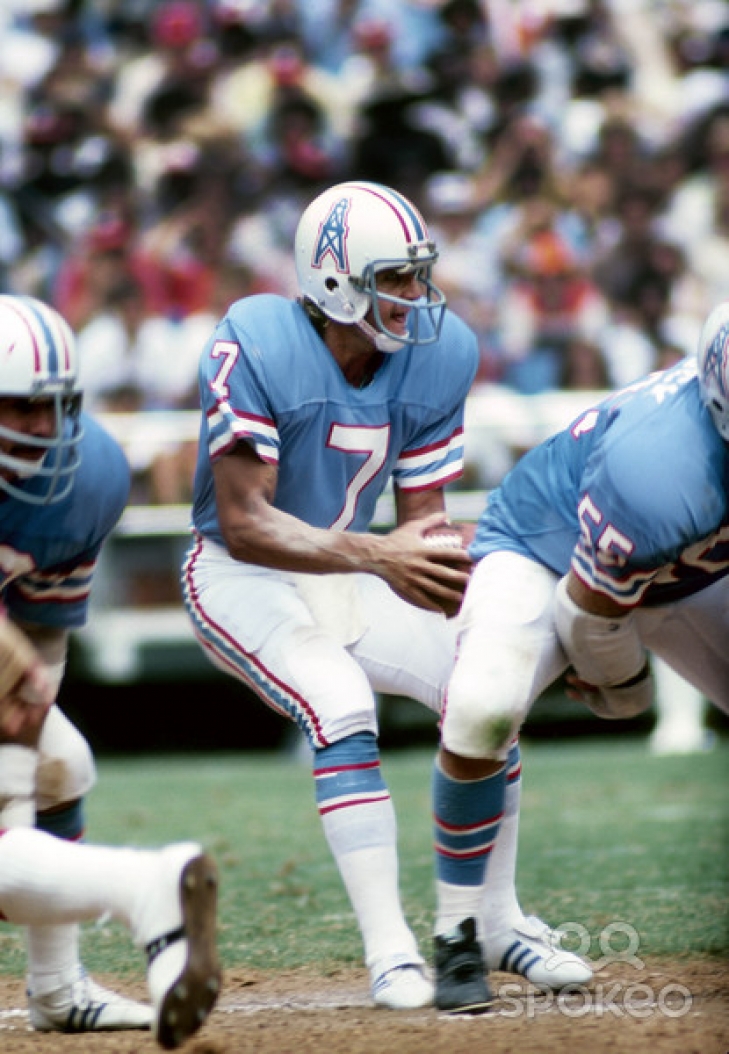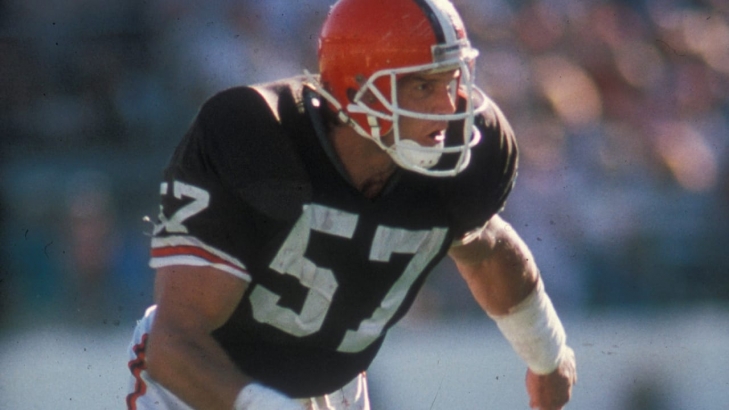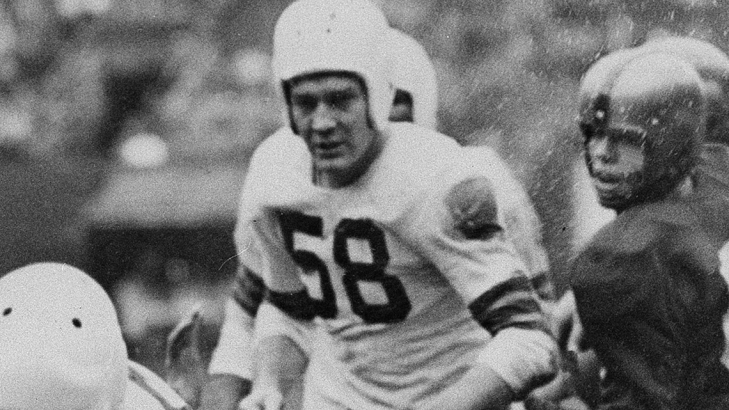
Committee Chairman
37. Dan Pastorini
They called the 1971 Draft the "Year of the Quarterback," as the first three picks were Jim Plunkett, Archie Manning, and Dan Pastorini, that last of which was taken by Houston.
The Oilers of the early 70s were not the Oilers of the early 60s, and Pastorini did not have many talents around him. During his rookie season, he became the starter but only had six wins in his first three years and threw far more Interceptions than Touchdowns. It got better as the decade progresses, and he went to the Pro Bowl in 1975, and while his Interceptions were still high, he found ways to win.
In 1978, Pastorini had his best year, throwing for a career-high 2,473 Yards and engineering a league-leading six Game Winning Drives. 1979 better in terms of team success, as Pastorini and the Oilers made it to the AFC Championship Game, and looked to have won it, had not a Touchdown Pass to Mike Renfro been called incomplete. That turned out to be Pastorini’s swansong with Houston.
Pastorini was traded to Oakland for future Hall of Fame inductee Ken Stabler, though he was injured early in the season, and Plunkett, who was taken first in his draft class, took over and would lead them to a Super Bowl win.
As an Oiler, Pastorini threw for 16,864 Yards with a TD-INT ratio of 96-139.
36. Al Jamison
There are a lot of “What ifs?” in sports, but in terms of the Houston Oilers/Tennessee Titans, Al Jamison might have been the first but still the most appropriate.
Undrafted out of Colgate, "The Assassin," as he was known for his punishing play, signed with the Oilers, winning the starting Left Tackle job as a rookie. Jamison was phenomenal, earning First Team All-Pro honors while helping Houston win the inaugural AFL Title. The Oilers won it again in 1961, with Jamison even better, securing a second First Team All-Pro nod. This was the last title for Houston in the AFL, but not the last First Team All-Pro for Jamison, as he did it again in his third year.
A severe back problem rendered 1962 his last season, and he never played football again, thus ending what began as a Hall of Fame worthy career.
13. Clay Matthews Jr.
From USC, Clay Matthews Jr. was the son of a four-year NFL vet, Clay Matthews Sr., and the brother of Bruce Matthews, who would enter the Pro Football Hall of Fame. Clay Jr. did not make it to Canton, but many in Cleveland feel that he should have.
Matthews Jr. was taken in the First Round in 1978, and in his sophomore year, he was a starter at Outside Linebacker. Leading the NFL in Tackles four times, the former Trojan was also a four-time Pro Bowler and had eight seasons where he cracked the 100-Tackle mark. An expert run-stuffer, Matthews Jr. was a durable figure who played for Cleveland from 1978 to 1993, playing in 232 Games.
He left Cleveland for Atlanta, where he played three more seasons before retiring at age 40. As a Brown, Matthews Jr. would have 62.0 Sacks and 1,420 Tackles, and in 2019, he was inducted into the Browns' Ring of Honor.
12. Mac Speedie
Mac Speedie played collegiately at Utah and was a late-round pick (15th) in the NFL Draft. He did not enter the NFL, opting instead to go to the military to serve the United States in World War II, and when he returned, he tried out and made the Cleveland Browns of the upstart All-American Football Conference.
Browns' Head Coach, Paul Brown, used Speedie in his offense at End, where he would become one of the top receivers in the AAFC. Speedie and the Browns won all four titles in the AAFC’s existence, and Speedie was the league leader in Receiving Yards twice.
The Browns migrated to the NFL in 1950, and he was named to the Pro Bowl twice, though he was unable to reach the four-digit mark in Receiving Yards as he did in the AAFC. He did, however, help Cleveland win the NFL Championship in 1950, which was his fifth in a row.
His run in the NFL could have been longer, but a dispute with Brown resulted in Speedie taking his talents to Canada, where he played three years before retiring. Speedie had 5,602 Yards with 33 Touchdowns with Cleveland.
Speedie was elected to the Pro Football Hall of Fame as part of the Centennial Class. That year, Speedie entered the Browns' Ring of Honor.





